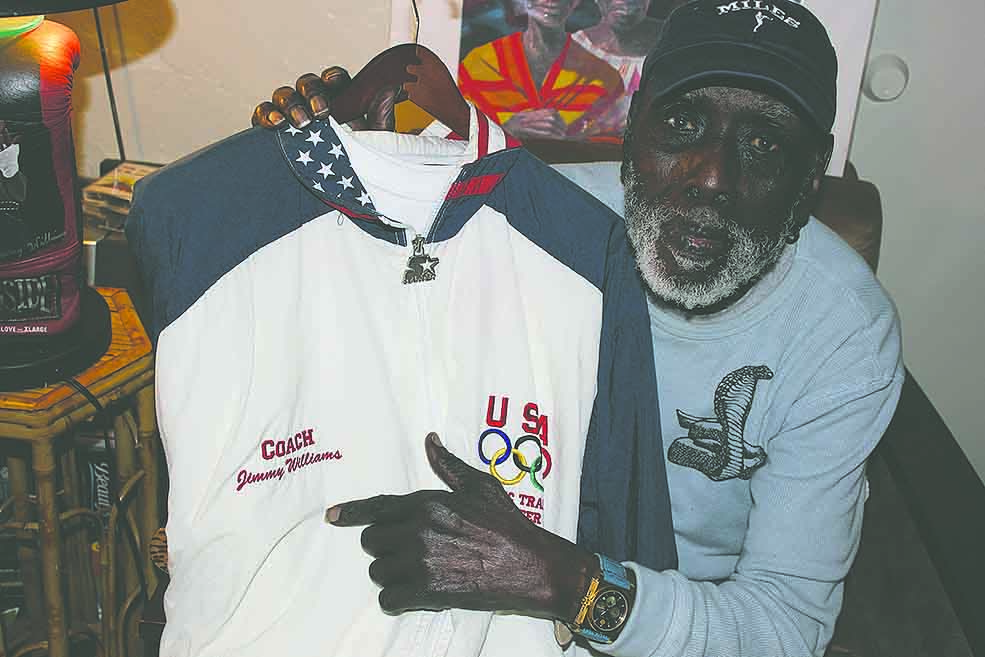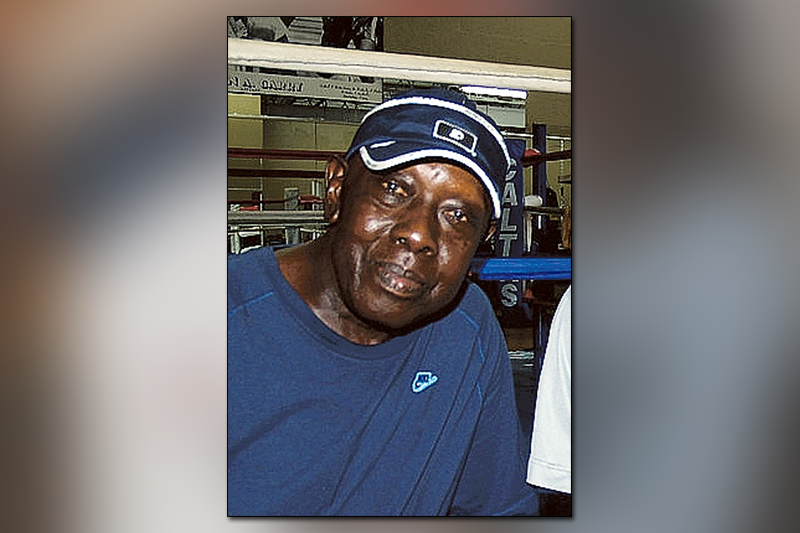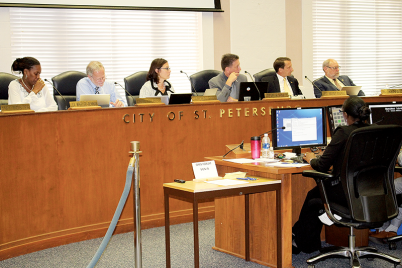Jimmy Williams
BY FRANK DROUZAS, Staff Writer
ST. PETERSBURG – Standing by a corner booth at Johnny’s Pizza and Restaurant on 28th Street South, I’m throwing crisp punches at a 90-year-old man—and he is only encouraging me.
Legendary boxing trainer Jimmy Williams—who has trained such champs as John “The Beast” Mugabi and Tampa’s own Antonio Tarver—has positioned his open hands to absorb jabs, straight rights and uppercuts, and is calling out instructions to me like we’re standing in a ring and not in a restaurant with curious and probably puzzled patrons looking on.
Ignoring them and focusing on the task at hand, he tells me to step into the combination. I dutifully whap at his huge opens hands as big as mitts and let him have it, one-two, one-two, several times in a row.
“Damn,” he said, shaking his left hand after I stepped into it with a smashing right, “you got some power!”
In a flash, I feel prouder than I’ve ever felt; anywhere, and I can’t squelch a grin. Then we switch and I hold up my hands as he smacks his huge fists into them to better show me the proper technique. Bap, bap! The blows sting my palms and it feels like he’s whacking them with a ball-peen hammer.
I don’t recall exactly why we put our conversation on hold at the pizza place where I met him so we could trade impromptu punches—perhaps it was because I told him I used to mess around at the 4th Street Boxing Club back in the day—but it was probably so Williams could show me firsthand the point he wanted to get across. A man who has spent seven decades in the fight game, Williams has built a career on showing and not merely telling.
“First of all, let me show you who I am,” Williams declared when I sat across from him at his corner booth at Johnny’s, where he is a regular.










32 years long time no see
Love ace
P.s. that’s my daughter’s email